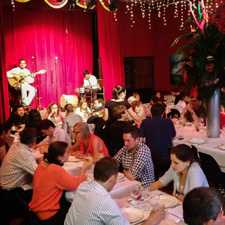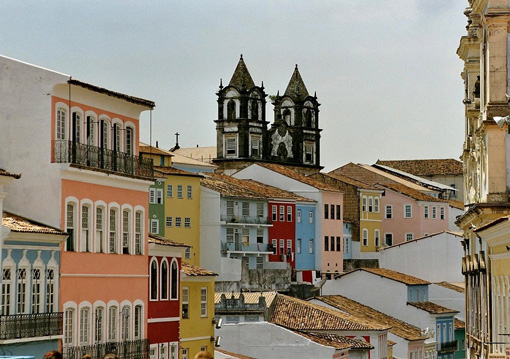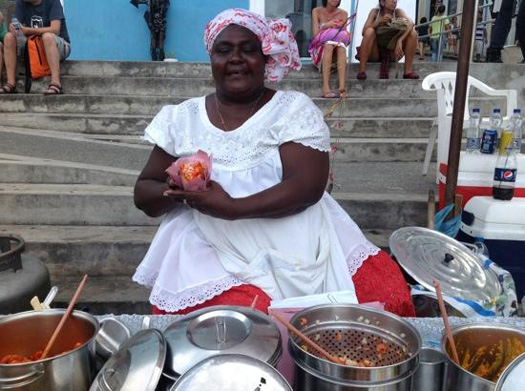Casa Sabor Pop Ups
our home for Urban Latin American food, and the culture and spirit of Latin American people.Casa Sabor Pop ups
Our Casa Sabor pop-up events are destination dining experiences which take you through the flavours of South America, each event showcasing the food and vibe of a single city, typically featuring a five-course menu, welcome cocktail, wine with each course and water.
The evenings offer an experience not just of food and drink, but the breadth of Latin American Culture, including music and other aspects of the arts. Each venue is given a Latin make over, transporting your senses to that particular city, adding touches to give the room the appropriate regional ‘look’ and showcasing art or produce typical of that region.
The name “Casa Sabor” refers to Urban Latin American food, the culture and the spirit of Latin-American people; it expresses a relaxed urban Latin vibe. Drawn from iconic foods and historic influences from across the Spanish and Portuguese Americas, urban Latin American cuisine is expressed in casual yet sophisticated dishes of beautiful, delicious food, accompanied by creative cocktails and fine wines from Argentina, Chile, and the rest of Latin America.
But there’s more to Casa Sabor than the food and drink. The Latin ‘vibe’ is one of ‘joie de vivre’, culture and quality of life. Not just alcohol and partying, but a warm welcome with great music and entertainment in a colourful and glamorous setting.

Casa Sabor Cartagena
We started our run of Casa Sabor Pop-Ups in June 2013 with Cartagena, the beautiful and historic city on the Caribbean coast of Colombia, which we brought to Exmouth Market in EC1 – more details here.
Coming Soon! May 2014
Casa Sabor Salvador da Bahia
Salvador has its own cuisine. You’ll see baianas de acarajé (ah-kara-JEH) everywhere, usually dressed in white (the color of Iansã, goddess of the wind), tables spread with a spicy and exotic assortment of Bahia’s own version of fast-food.
An acarajé is basically a deep-fried “bread” made from mashed beans from which the skins have been removed (reputedlyfeijão fradinho — black-eyed peas — but in reality almost always the less expensive brown beans so ubiquitous in Bahia). In West Africa these are called acara; “acarajé” in Yoruba is “to eat acara”.
The mash is deep fried in dendé oil (derived from a nut found on the dendé palm) and the resulting acarajés are usually eaten accompanied by camarão (small sundried shrimp), pimenta (hot pepper sauce), vatapá (a paste made from sundried shrimp, peanuts, cashews, coconut milk, and dendé), caruru (kind of an okra stew), and salada (salad: diced tomatoes, onions, and coelantro). These “fillers” can be included or left off at will, and the camarão will cost a little extra.
A variation on the acarajé is the abará. An abará is fundamentally the same as an acarajé except that rather than being deep-fried it is boiled in a banana leaf.
The other ubiquitous food here is moqueca (moo-KEH-ka), a stew usually both cooked and served in a large clay bowl and consisting principally of some kind of seafood (or combination thereof), dendé and coconut milk (along with a panoply of other ingredients in accordance with regional styles and the cook’s personal preferences. Bobó (bo-BO) is moqueca thickened with aipim (manioc). Sometimes the dendé is left out of these dishes in order to spare delicate stomachs, but to me that’s like eating garlic bread without the garlic.


